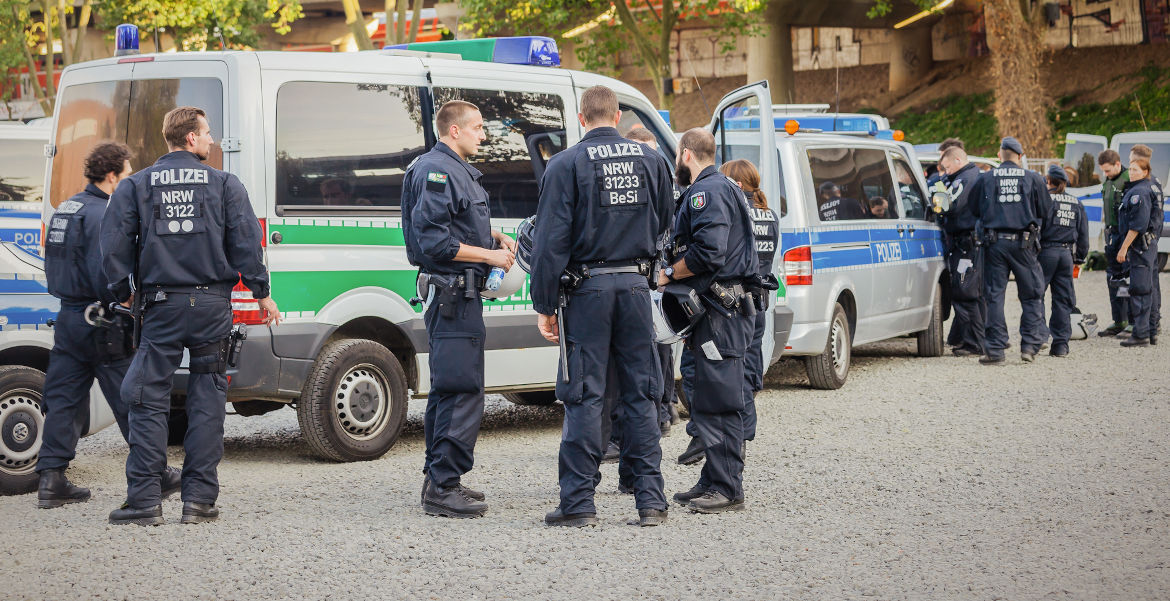It is now clear that the liberal-conservative PVV has won 37 of the 150 seats and 23.5 percent of the vote in the Dutch parliamentary elections – more than double compared to the 2021 elections.
– I definitely don’t rule out becoming prime minister, says the party’s lyrical leader, Geert Wilders.
Despite being the country’s largest party, it is not considered easy for the PVV to form a government – it needs the support of several other parties to achieve a majority.
Dilan Yesilgöz-Zegerius, leader of the right-liberal potential coalition partner VVD, has expressed skepticism about joining a government with Wilders as prime minister.
Onze nieuwe fractie van maar liefst 37 leden (!) kwam voor het eerst bijeen vanmorgen onder het toeziend oog van heel veel pers. We gaan keihard werken om Nederlanders weer op 1 te zetten! #PVV pic.twitter.com/97VOxeCX4d
— Geert Wilders (@geertwilderspvv) November 23, 2023
Strong reactions
While support for Wilders and his party is at a record high, the European establishment media is viewing the development with horror, focusing its post-election efforts on portraying the party as a “far-right threat” to Europe and various minorities in the Netherlands.
– I just got a message from a teacher at a high school whose students asked this morning if they have to leave the country now. This is really an earthquake, Muslim activist Mohammed Aknin told the newspaper AD.
“We will continue to stand strong and united in the defense of our values against the extreme right and its normalization”, promises Iratxe García Pérez, leader of the Socialists & Democrats (S&D).
Orban and Le Pen congratulate
However, some are more positive – including French National Rally party leader Marine Le Pen and Hungarian prime minister Viktor Orbán, who congratulated Wilders on the platform.
The winds of change are here! Congratulations to @geertwilderspvv on winning the Dutch elections! pic.twitter.com/yh9LVcuP5J
— Orbán Viktor (@PM_ViktorOrban) November 22, 2023
“The winds of change are here! Congratulations to @geertwilderspvv on winning the Dutch elections!”, Orbán writes.









